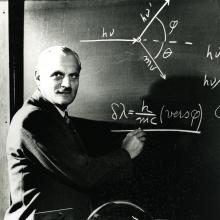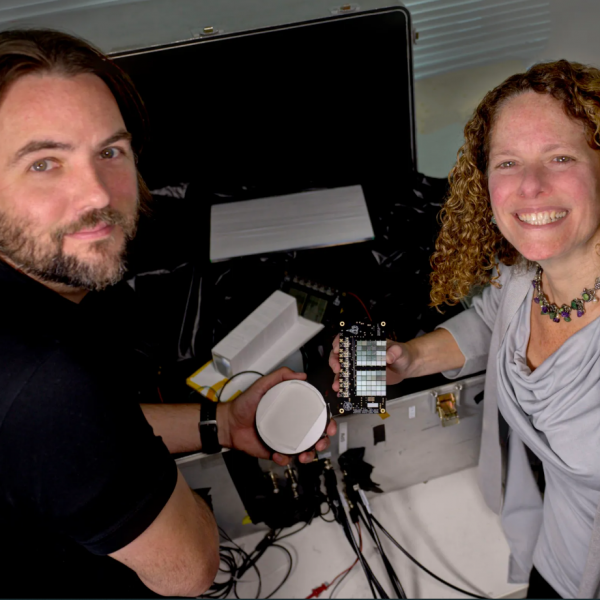As part of the Department of Physics' celebration of the centennial of Arthur Holly Compton's work which was awarded the Nobel Prize, Erik Henriksen, associate professor of physics, wrote an article about Compton which was just published in Physics Today.
In November 1922 Arthur Holly Compton sketched a diagram for his students at Washington University in St Louis, Missouri. From the left, a photon, or “incident quantum,” collides with a stationary electron, which causes the pair to recoil and conserve momentum and energy. That was the first time Compton shared his breakthrough formulation of x-ray scattering from electrons. A month later he delivered the same message to the American Physical Society; shortly thereafter his paper “A quantum theory of the scattering of x-rays by light elements” appeared in the Physical Review.
Writing in 1929, Werner Heisenberg cited Compton’s discovery as the key finding that “opened up” the path toward the subsequent rapid development of quantum theory in the mid 1920s. Similarly abbreviated stories appear in myriad introductory texts alongside Compton’s famous result for the change in wavelength of an x ray upon scattering from an electron.





